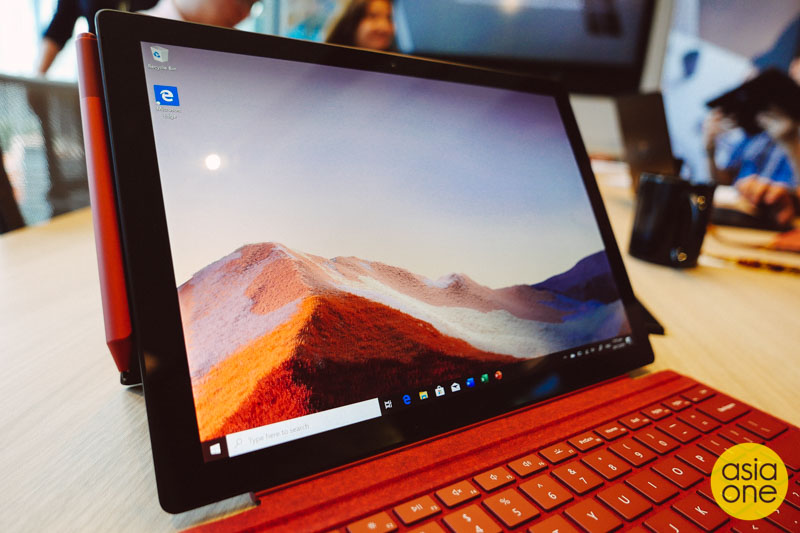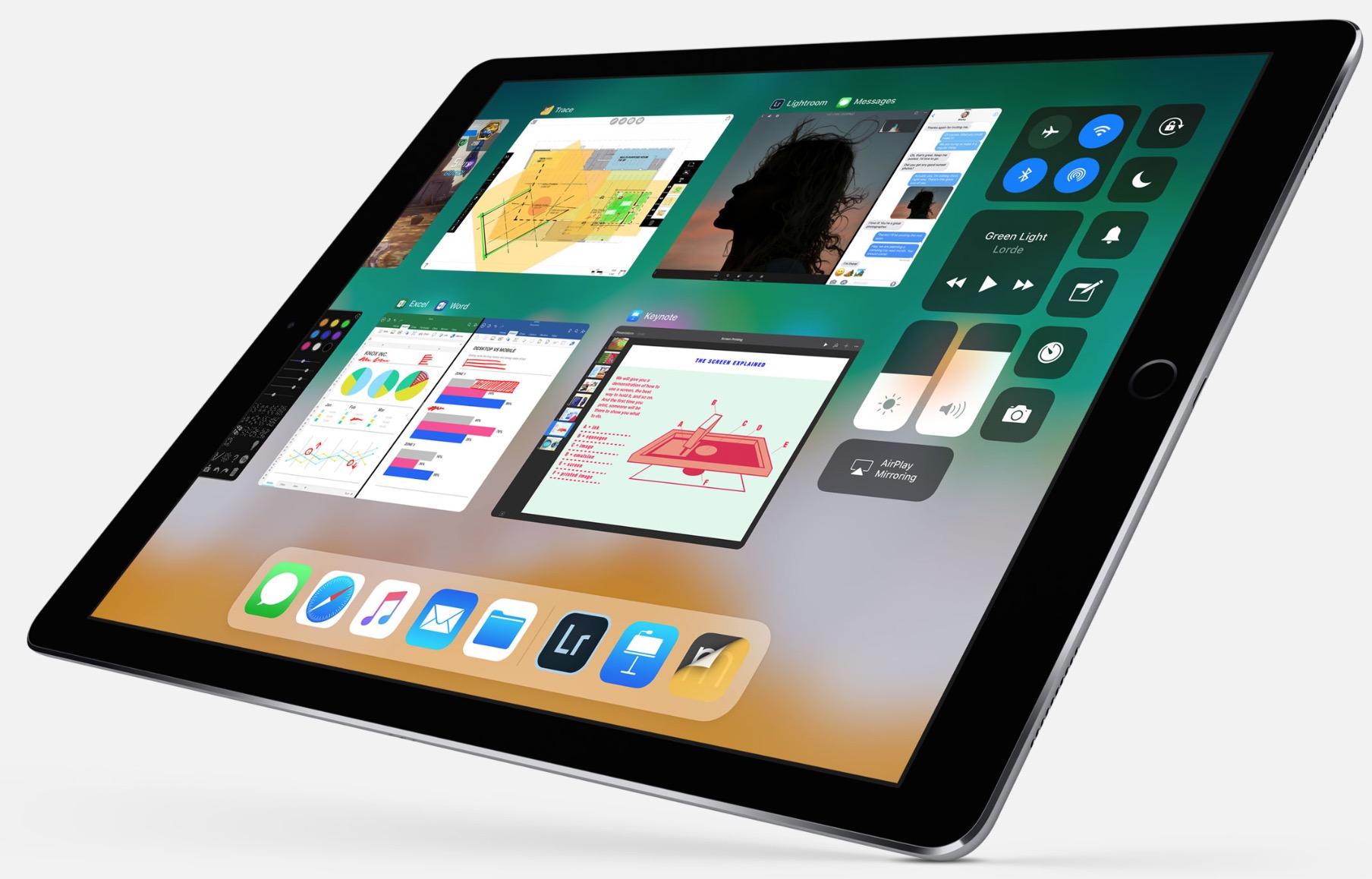

Microsoft's proprietary Display Dock is recommended for Wired or Wireless connection with the Lumia 950 XL. In Microsoft's case, it's all Windows, so Continuum actually makes sense. You may remember that Ubuntu came up with a similar concept a few years ago, but the Ubuntu for Android project flopped eventually - perhaps because it was trying to do more (run 'full' Ubuntu when the phone was docked), but also because it wanted to pair two different operating systems from two different companies on the same device. Microsoft says it wants to let smartphones scale up to a full PC-like experience and they've done a great job out of it.


How cool is that?įurthermore, all the usual PC keyboard commands work in this mode, so you can use Ctrl+C for copying, Ctrl+V for pasting, and so on. Oh, and you can continue to use your Lumia 950 XL, while it's connected to the dock, it doesn't lock the screen at all. The task bar is there, Cortana, Task View, and the Start Menu making much more sense now as it's actually your phone's screen. So you'll have no wasted space, and you'll be able to do some work in a much easier way than if you were to simply glance at a representation of your phone's screen. Upon connection you see your phone's Start screen on the left side of the monitor, but if you open a universal app that will take over the whole width of the monitor, as you can see from the screengrabs above. Yes, it's a Windows Desktop, the same one you see every day on your Windows 10 PC but without the icons and without a right click action on the mouse. Wireless Bluetooth peripherals work too, but of course, you connect them to the phone, not the dock. Instead, the phone is basically turned into a makeshift PC, which will even work with a mouse and keyboard for interaction. The UI you'll see on the monitor won't just be a 1:1 representation of the handset's screen. And Continuum can still do that, but in the final version of Windows 10 Mobile it can do so much more.Ĭontinuum kicks in when you connect your Lumia 950 XL to a monitor, keyboard and/or mouse via the proprietary Microsoft Display Dock. When it first unveiled Windows 10 last year, Microsoft briefly talked about a new feature called Continuum, but back then it was in the context of switching UIs on convertible devices based on whether you have the keyboard connected or not.


 0 kommentar(er)
0 kommentar(er)
